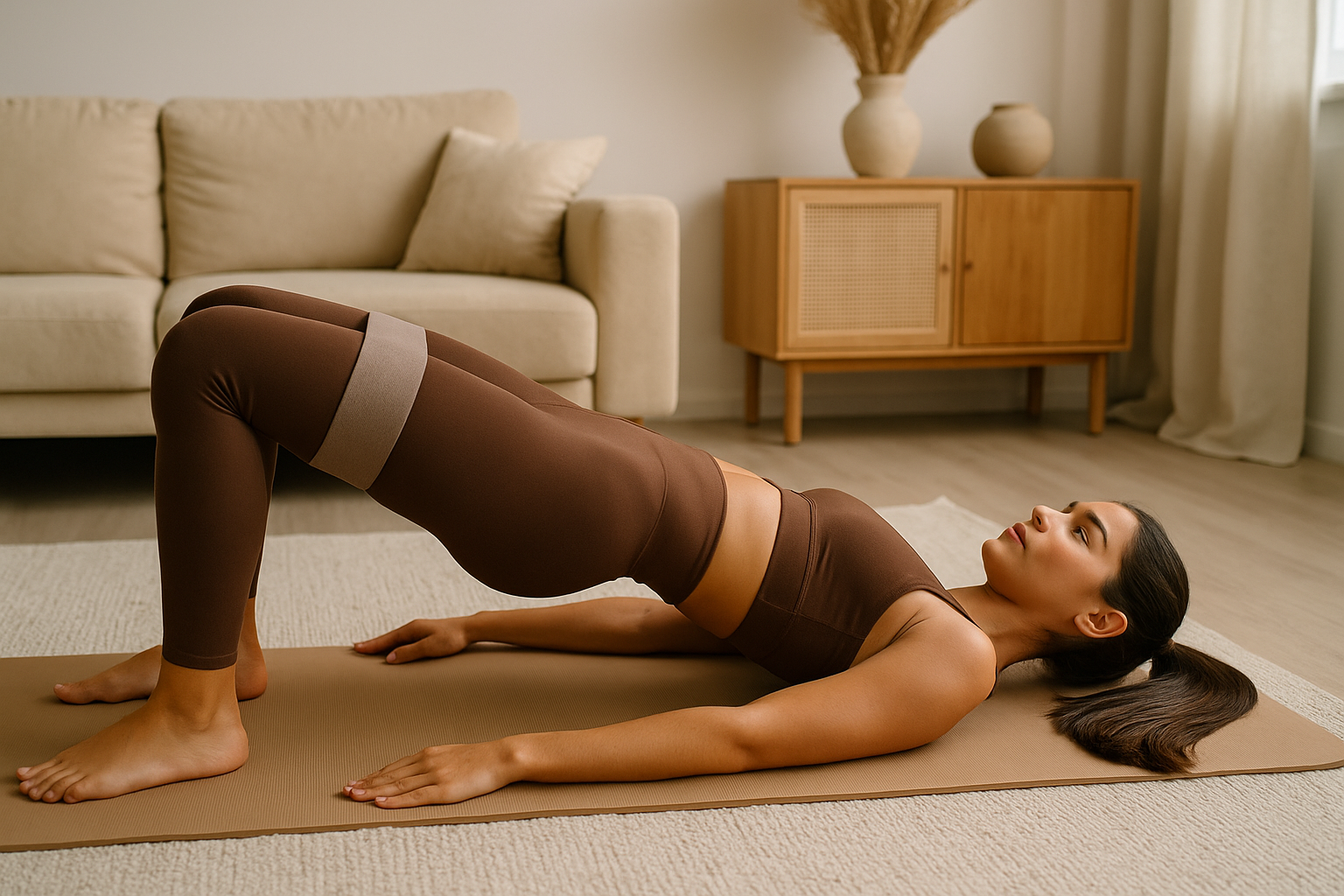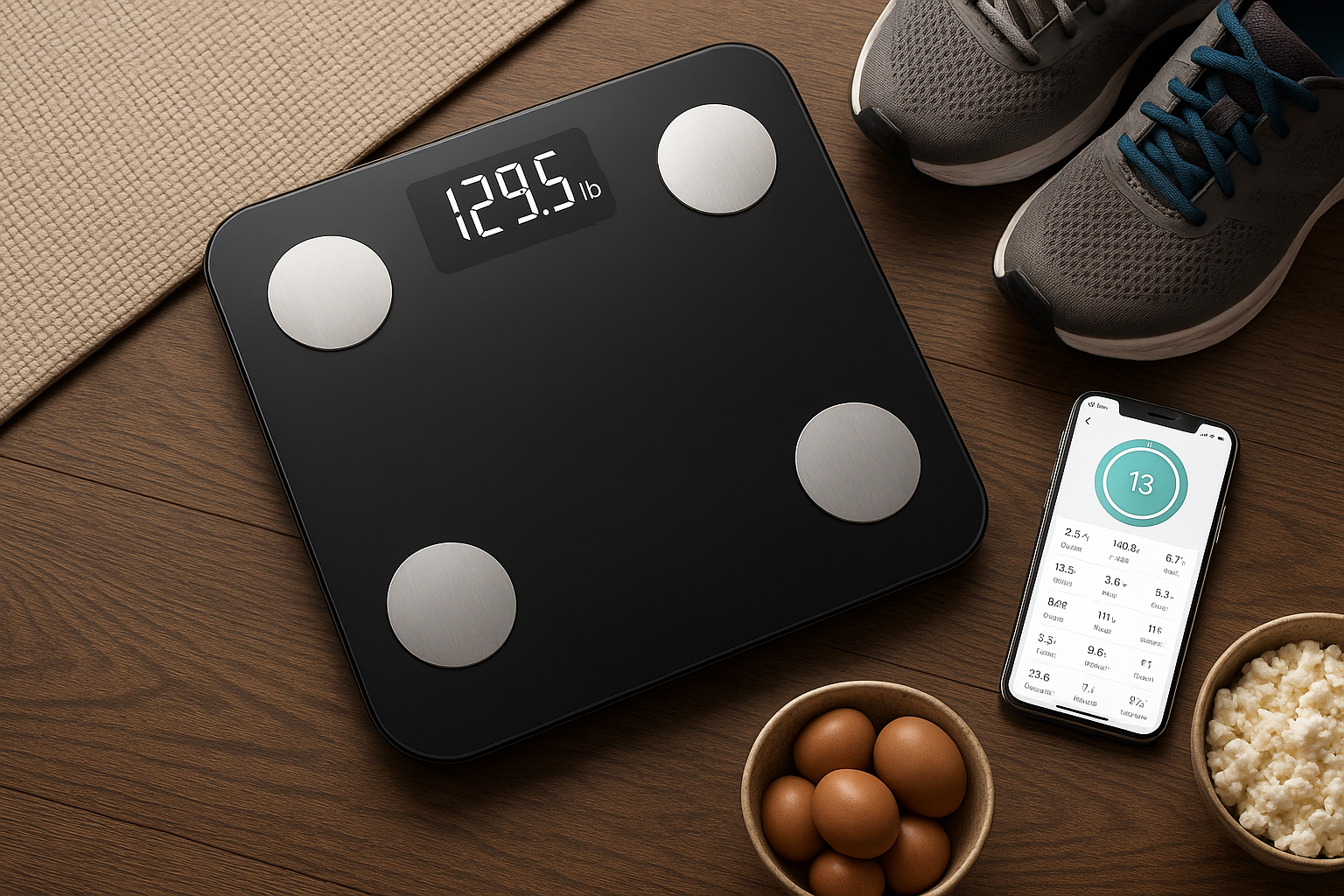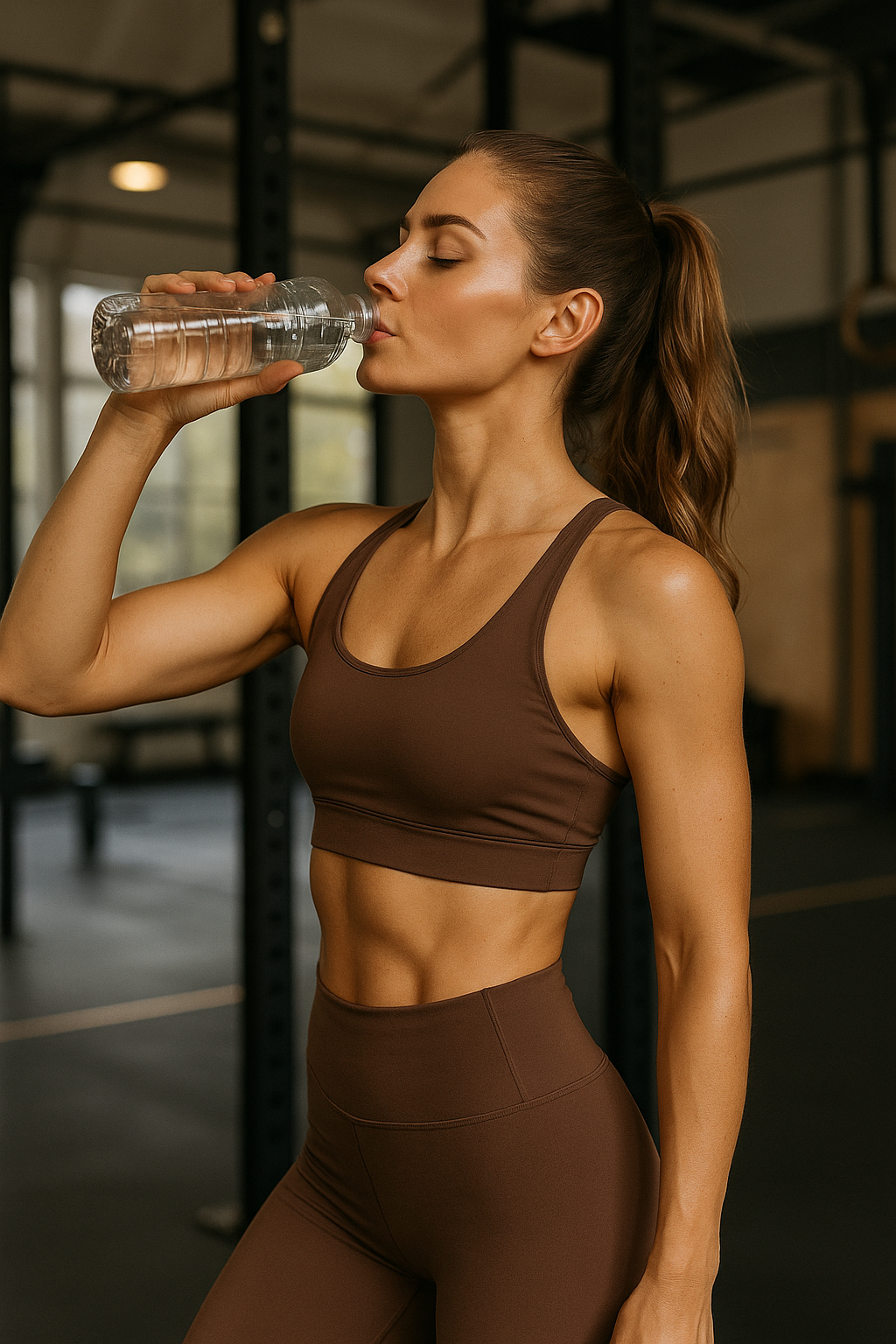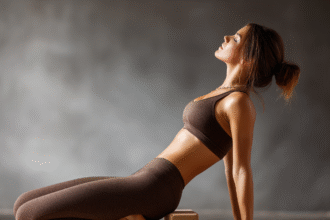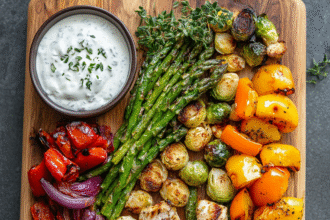Resistance Bands 101: Build a Stronger Body at Home
What if one of the most effective strength tools for your body was something you could roll up and keep in a drawer or carry with you in your bag?
Resistance bands are just that — simple, portable, and surprisingly powerful. They’ve earned their place in fitness circles for one reason: they work. Whether you’re aiming to tone your body, recover from injury, or add intensity to your Pilates or yoga flow, resistance bands offer a low-impact, joint-friendly solution that grows with your strength.
In this guide, we’ll break down how resistance bands work, how to choose the right one, and the versatile exercises you can do at home — even in small spaces.
What Are Resistance Bands, Really?
Resistance bands are elastic tools that provide external resistance when stretched. When you pull on the band — during a squat, a curl, or even a yoga pose — your muscles have to work against that resistance. That tension strengthens your muscles the same way weights do, but without the bulk or impact on your joints.
How They Work:
- Muscle Activation: As the band stretches, resistance increases. This means your muscles are constantly under tension — even during the eccentric (release) phase.
- Stability and Control: Bands require you to stabilize your body throughout the movement, which builds strength and coordination in smaller, supportive muscle groups.
- Versatility: From glute bridges to bicep curls, bands can be used for nearly every muscle group and training goal — including flexibility and mobility.
Not All Bands Are the Same: Types and Strength Levels
There are different types of resistance bands, and each has a purpose depending on your fitness level and style of training.
🟡 Loop Bands
Small circular bands often used for lower-body work like glutes and hips. Great for Pilates and activation exercises.
🔵 Long Flat Bands (Therapy Bands)
Ideal for rehab, stretching, and Pilates. These offer light to moderate resistance.
🔴 Tube Bands with Handles
These mimic cable machines — great for upper body strength training (like rows or shoulder presses).
⚫ Fabric Booty Bands
Non-slip and stylish, these are ideal for glute and leg workouts — and they don’t roll up like rubber bands can.
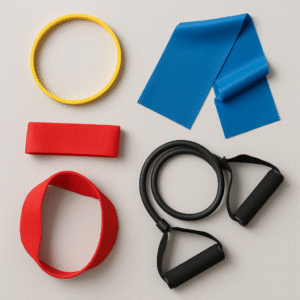
Resistance Levels:
- Light (Yellow): Good for beginners, mobility, and recovery
- Medium (Green): Best for general toning and functional training
- Heavy (Blue/Red): Excellent for strength gains
- Extra Heavy (Black/Purple): For advanced training and building serious muscle
Tip: Many band sets come color-coded with varying resistances. Always start lighter and increase resistance as you build control and stability.
What Can You Actually Do with Resistance Bands?
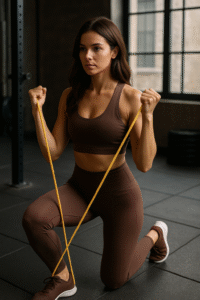
A lot more than you think. You don’t need a gym when you can build a full-body routine with just bands and a mat.
Upper Body:
- Bicep Curls
- Shoulder Presses
- Tricep Kickbacks
- Bent Over Rows
- Chest Flies (with bands looped around a door or stable pole
Lower Body:
- Glute Bridges with Loop Band
- Side-Lying Leg Raises
- Resistance Band Squats
- Lunges with Band Under Front Foot
Core:
- Russian Twists
- Banded Dead Bugs
- Standing Woodchops
- Bird Dogs with Band Tension
How to Use Resistance Bands in Yoga and Floor Pilates
One of the most underestimated applications of resistance bands is in mind-body workouts like yoga and Pilates — this is how I discovered them. They add just enough challenge to awaken muscles without compromising flow or breath.
In Yoga:
- Loop a band around the thighs during Bridge Pose for glute activation
- Use a long band for Assisted Hamstring Stretches or Seated Forward Folds
- Add tension during Chair Pose or Warrior II by pressing outward against a loop band
In Floor Pilates:
- Perform Leg Circles with a band around your ankle for control
- Use bands for Tabletop Extensions to fire up your glutes and hamstrings
- Add resistance to Hundred Pulses for deeper core activation
These subtle intensifiers help build slow, controlled strength and support a lean, toned physique — especially when combined with consistent mobility work and high-protein, high-fiber nutrition.
Tips for Making Resistance Bands a Daily Habit
- Keep them visible: Store your bands in a pretty basket or next to your yoga mat so they remind you to move.
- Pair with short routines: Start with 10-minute workouts, especially on busy days or during work breaks.
- Use bands for warmups: Glute activations or shoulder openers before weightlifting enhance performance.
- Track your progress: Just as with weights, note when you move up to a heavier resistance band.
Recap: The Tool That Adapts to You
Mastering your bodyweight is empowering — and resistance bands meet you where you are. Whether you’re recovering from an injury, getting back into movement, or simply want to feel stronger in your skin, these elastic tools offer surprising depth.
They may look simple, but with the proper structure and consistency, resistance bands can sculpt your body and energize your home workouts — no gym required.

